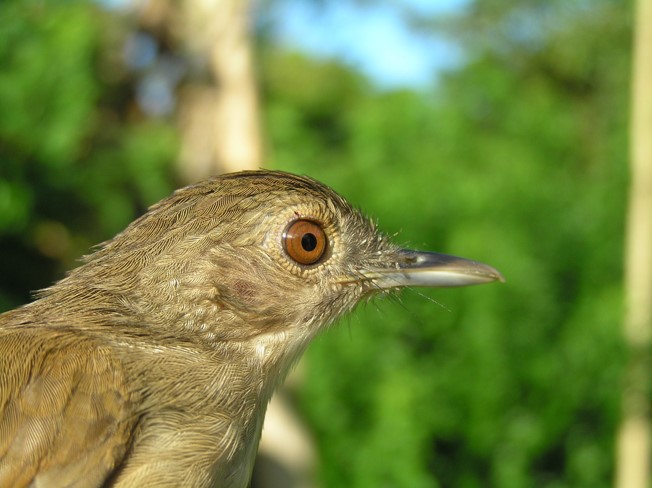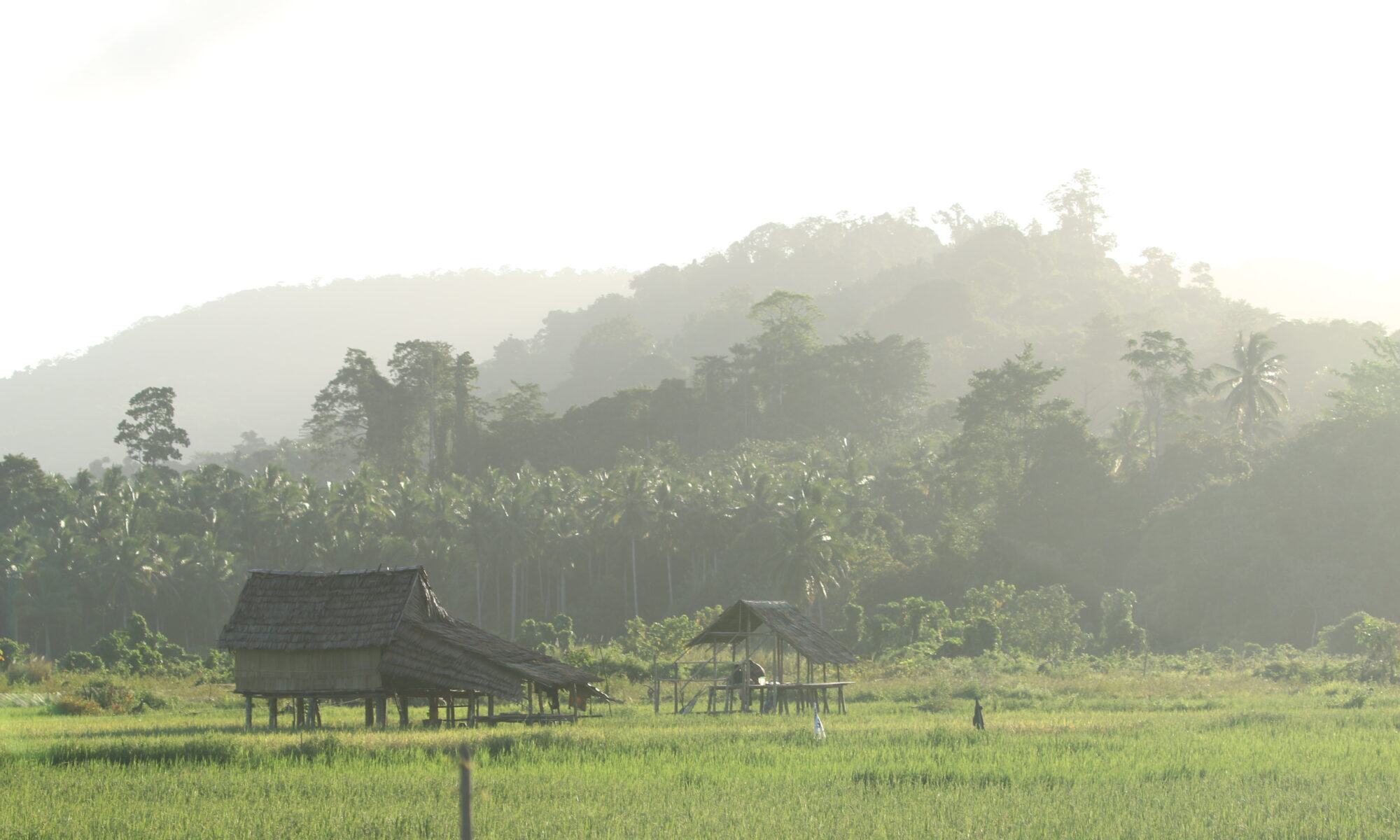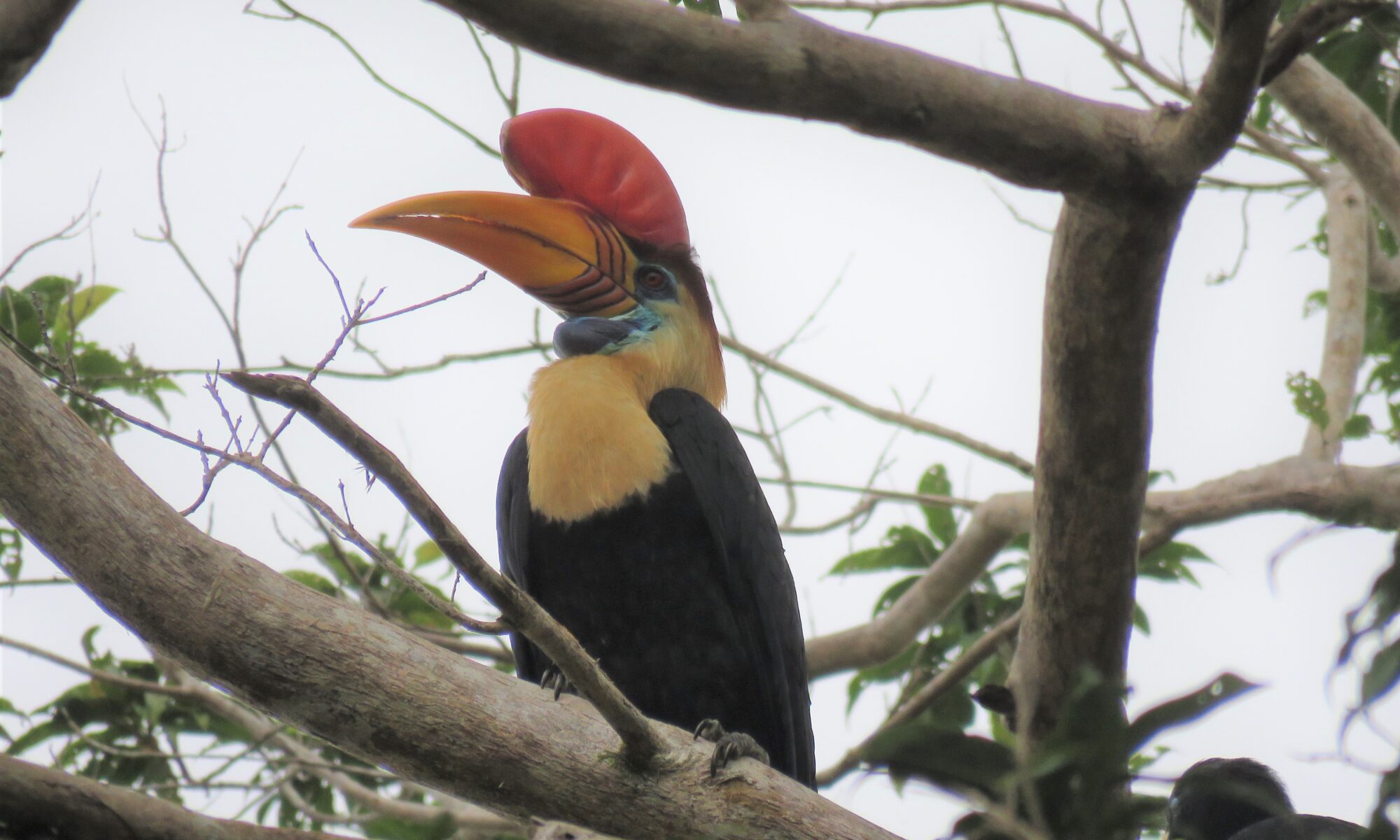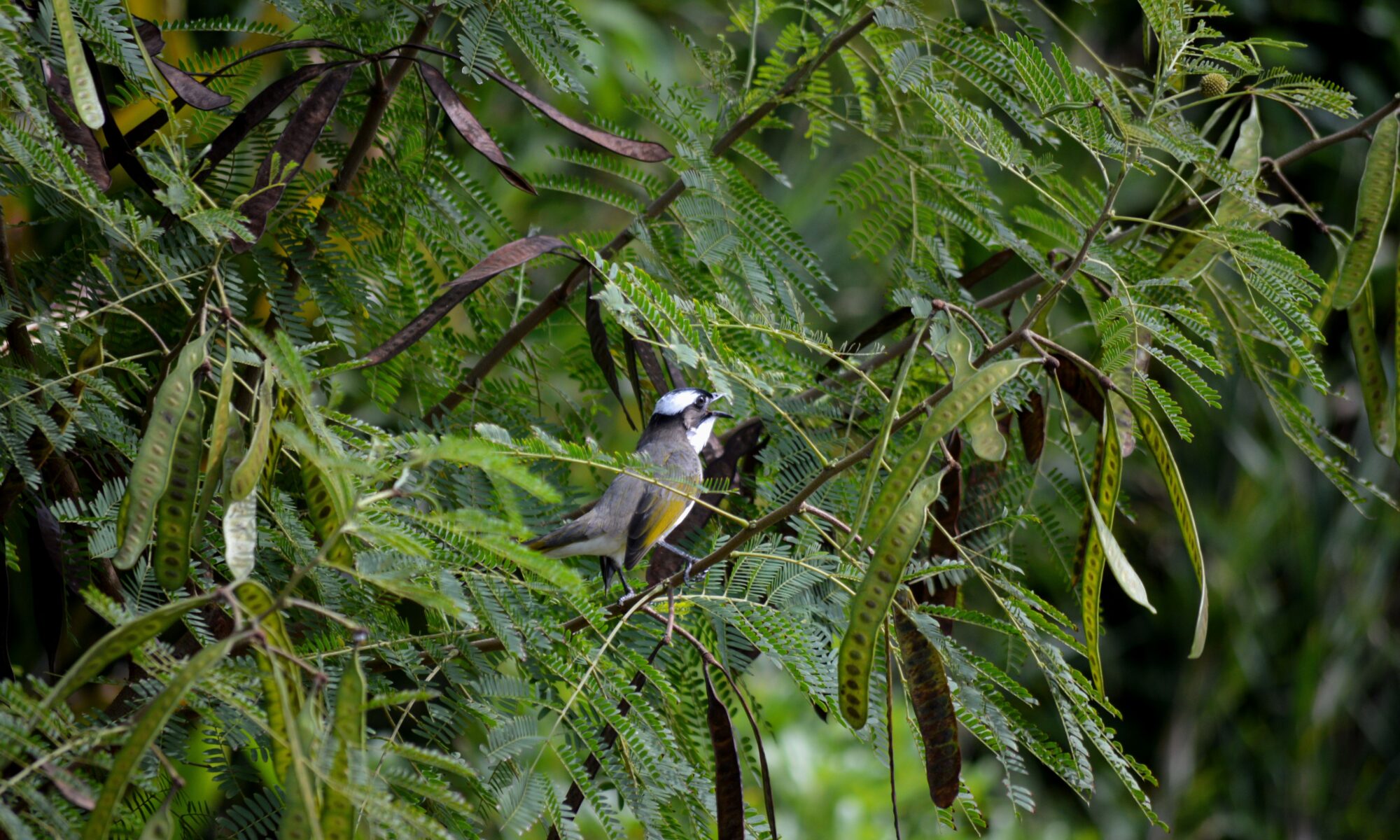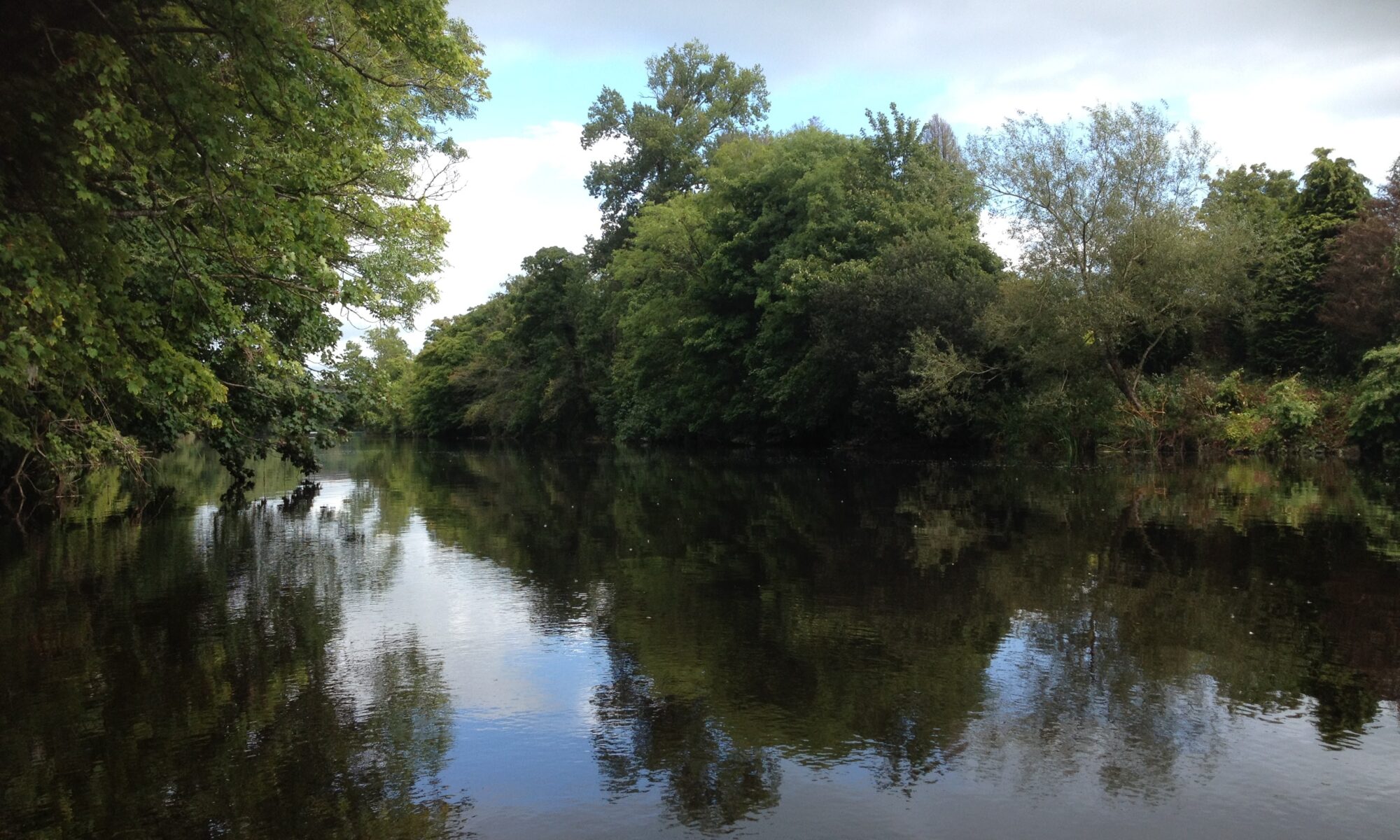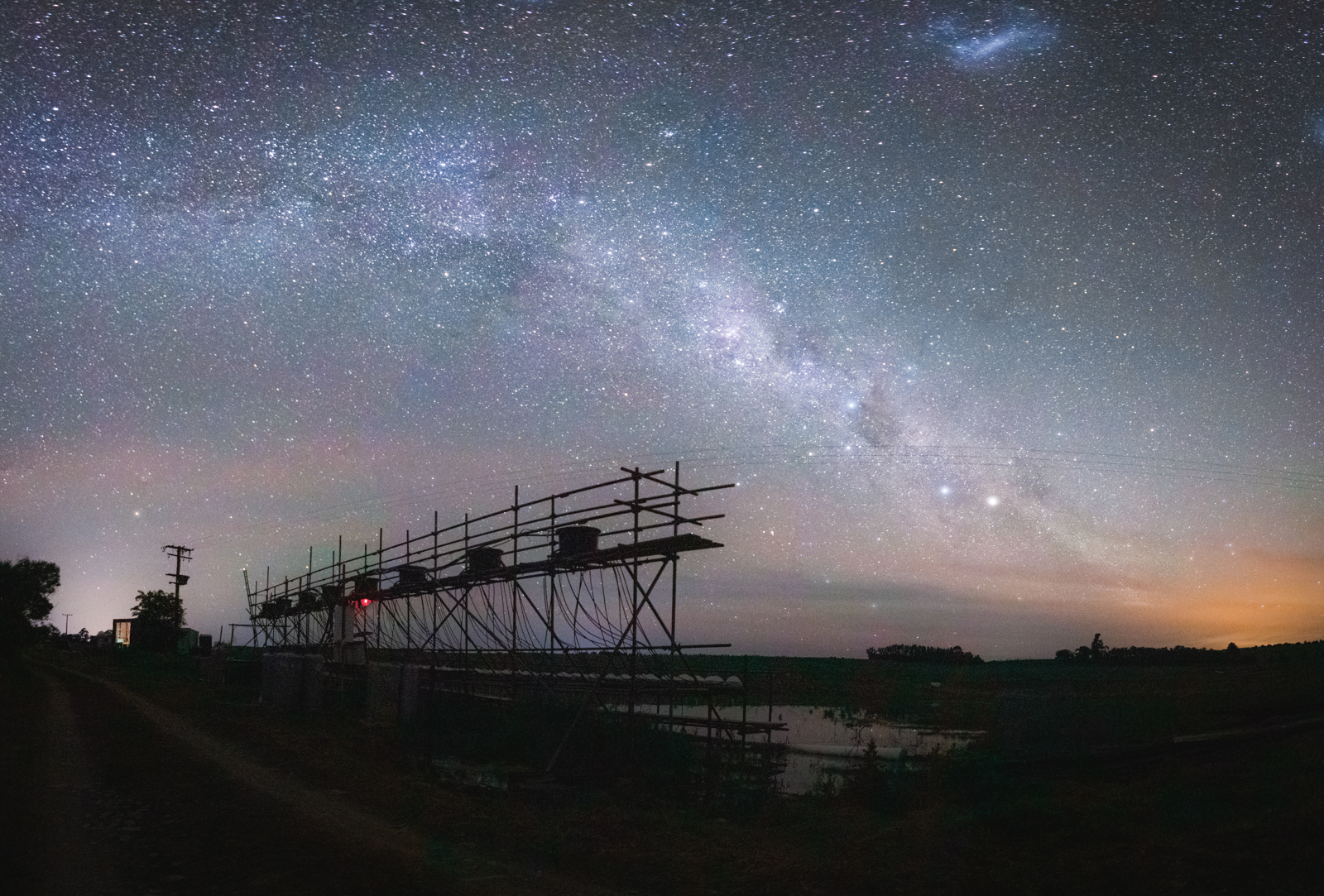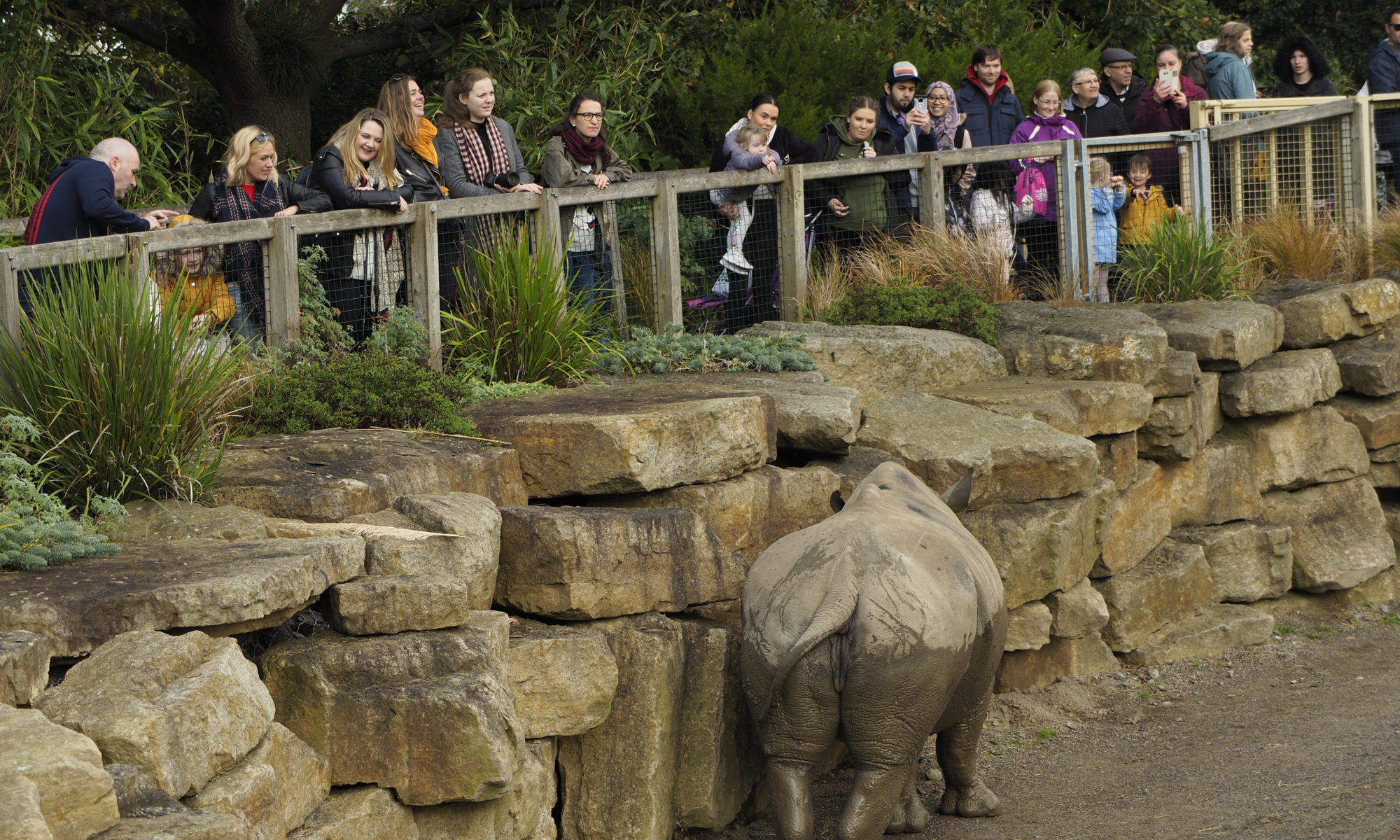The most iconic examples of sexual dimorphism are found in birds. Birds are probably many people’s introduction to this concept in the natural world, when brought to the park as a child and shown the difference between male and female mallards. But sexual dimorphism can be much more subtle than that kind of difference in colour (called dichromatism, and seen also in peacocks, pheasants, sparrows, and many more). Our new paper, just published by the Association for Tropical Biology and Conservation in their journal Biotropica, shows that sexual dimorphism can be missed in some birds even when it is important to their ecology and evolution.
Continue reading “Shy birds hiding evolutionary insights: cryptic sexual dimorphism in the Sulawesi Babbler”Boating in Ankobohobo, or The Importance of Bird Areas
Many of Earth’s plant and animal species are at imminent risk of extinction. But with the resources necessary to conserve them so sorely limited, where should efforts be focused? The term “ecological triage” has been coined for such decision-making, after the system invented by French army medics to sort patients by the urgency of their need. This borrowing of metaphor from the Napoleonic and World Wars is not accidental: in envisaging the damage done to nature by humanity, you are to think of cannonballs and scorched earth and mustard gas.
“Ecological triage” can focus attention onto the regions that hold a disproportionately large amount of diversity. Such “biodiversity hotspots” have become key to global conservation, from the Caribbean to Wallacea to New Zealand. But one country stands out as among the “hottest” of hotspots: the great island of Madagascar. I’ve written for EcoEvo before about the field season I spent there, which has just resulted in a new paper published in Scopus: Journal of East African Ornithology. The paper presents findings from a series of boat surveys in the threatened and irreplaceable Ankobohobo Wetland, home to some of the world’s rarest birds.
Header: African Darter (Anhinga rufa) in Ankobohobo, by Jamie Neaves.
Continue reading “Boating in Ankobohobo, or The Importance of Bird Areas”The remarkable bird life of the Wakatobi Islands, SE Sulawesi: hidden endemism and threatened populations
Working on the avifauna of the Wakatobi Islands was an opportunity to follow in the footsteps of some great ornithologists and biogeographers, out to a remote string of islands off South-east Sulawesi, Indonesia. The Wakatobis have always sat in glorious isolation, they’re a coral uplift which formed upon a platform of Australasian origin and have never been connected to mainland Sulawesi. This isolation has meant these islands are home to a unique mix of species, and have been largely understudied.
Until recently, knowledge of the islands’ biodiversity came solely from a brief visit at the beginning of the 20th century by specimen collector Heinrich Kühn. This trip provided some important museum specimens and hinted at a potential hotspot of new species on theses islands, but no subsequent visits were made, and the Wakatobi Islands largely remained a mystery to science. Then in 1999, teams of researchers from Trinity College Dublin, Halu Oleo University and Operation Wallacea, led by my PhD supervisors Prof Nicola Marples and Dr David Kelly, began a series of eight research expeditions which aimed to investigate this potential trove of unique biodiversity. In our recent paper in the Raffles Bulletin of Zoology we summarise 20 years of remarkable work by Prof Marples, Dr Kelly and others, recording 100 bird species for the islands, highlight recently described species, and discuss the threats facing the resident Critically Endangered species.
Continue reading “The remarkable bird life of the Wakatobi Islands, SE Sulawesi: hidden endemism and threatened populations”The Bird Life of Wawonii and Muna Islands Part II: mining the literature, mining the hills
Indonesia is a constellation of islands, big and small and many-shaped, born out of volcanism or coral build-up or sheared from the ground of continents, each its own world. The complex geography of this region begat an equally complex biogeography, with evolution working enthusiastically to populate it, and the staggering biodiversity that resulted will surely occupy biologists for centuries to come (as long as it lasts that long). Every nook and cranny is filled with fascinating plants and animals, and our research group recently published a paper on the avian contents of a couple of those nooks and crannies. This post follows one by Darren on the fieldwork stories behind that paper, and the expeditions to remote Muna and Wawonii islands.
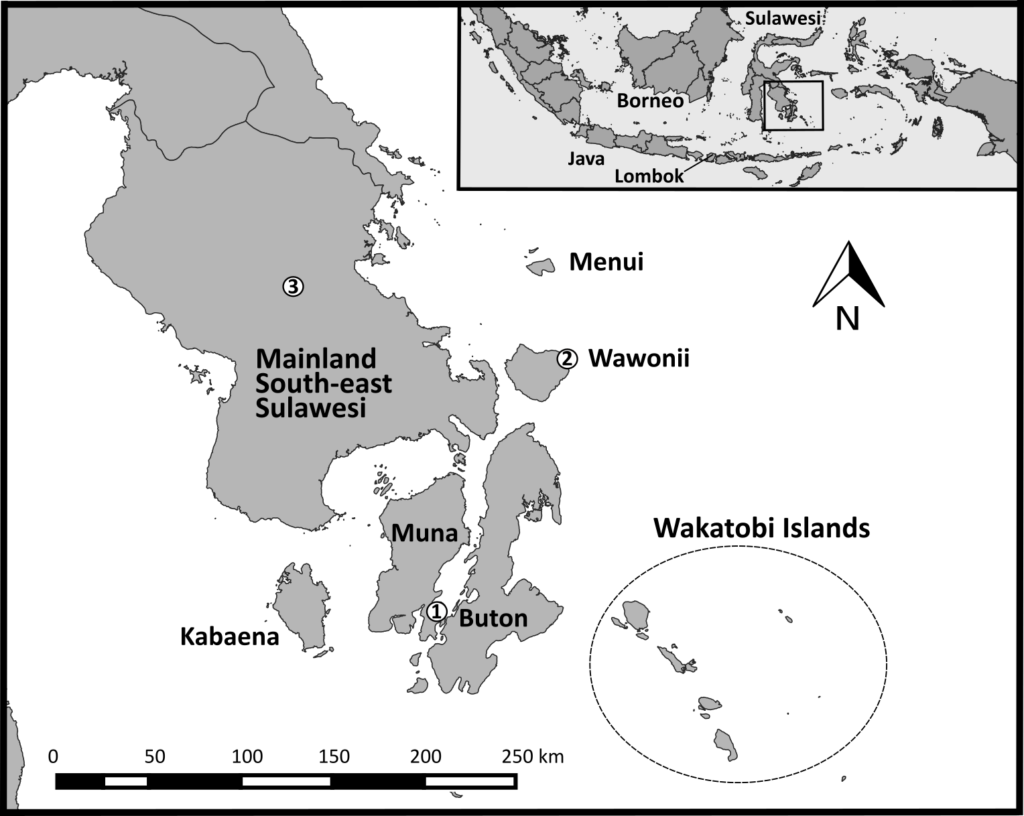
The Bird Life of Wawonii and Muna Islands Part I: biodiversity recording in understudied corners of the Wallacea region
With Indonesia I’ve always felt like I’m just scraping the surface. Even after five field seasons in that incredible country I feel I’m always just finding further questions. One of my favourite bits was just driving around to new sites and travelling to different islands. There are always feats of incredible daring to observe (just piloting a car on a rural road takes nerves of steel), and engineering marvels and follies cut out of rainforest or carved from the hills. Any local leader could seemingly achieve anything with sufficient ambition, the consequences of which could really go either way! Easy explanations are usually not forthcoming. It is a culture where much is left unsaid, where one must ask the correct question the correct way to receive an answer. Perhaps it is this sense of mystery that keeps me coming back year after year, with each new island a world in itself.
Continue reading “The Bird Life of Wawonii and Muna Islands Part I: biodiversity recording in understudied corners of the Wallacea region”Sustainable redevelopment: visions of a post-lockdown world
Another sunrise brings another day of working from my hotel room. But today there’s a difference; the rain has eased and a smattering of sunshine dances on my balcony. I open my door and am struck by the fresh ocean breeze. It’s that fleeting time of year when Okinawa’s oppressive humidity is kept at bay by rain showers, producing occasional perfect days. I can practically taste the salt of the ocean as I watch the gentle lull of a distant fishing boat. But perhaps most noticeably, my ears prick up at the melodic and almost metallic cha-ko-lee of a pair of light-vented bulbuls (Pycnonotus sinensis) passing by. I watch the birds for a second before my eyes trail slowly back to the sea. Just as they do, I catch a flash of red. It must have been a ruddy kingfisher (Halcyon coromanda) darting from the tree it was perched in. A few minutes later my identification is confirmed as I hear the sweeping, descending call of the individual in question.
Continue reading “Sustainable redevelopment: visions of a post-lockdown world”Disease dynamics and the impact of incompetent invaders
Invasive freshwater fish (Leuciscus leuciscus) acts as a sink for a parasite of native brown trout Salmo trutta (2020) Tierney et al. Biological Invasions. Read it here.
Adapted from blog published at Ecology for the Masses
Alien invasions and parasite infection
From house cats to cane toads, invasive species are one of the biggest threats to native plants and wildlife, second only to habitat destruction. An invasive species is a living organism that is a) introduced by humans from its native range to an area it doesn’t naturally occur, b) spreads and forms new populations and c) causes some kind of damage to the native ecosystem, economy or human health. Current lockdown conditions notwithstanding, introductions of invasive species have become increasingly common in our globalised world with easier travel and trade between countries. The spread of invasive species creates new ecological interactions between native and invasive species that can impact how our native ecosystems function, including disease dynamics. If the development and transmission of native parasites is different in invasive hosts compared to their usual native hosts, the parasite dynamics of the whole system can be altered.
Continue reading “Disease dynamics and the impact of incompetent invaders”A Field Season in New Zealand: One Mesocosm Experiment to Rule them All
Being on lockdown has me dreaming of our recent field season in New Zealand. The home of “Middle Earth” is a paradise for outdoor enthusiasts and going through the photographs from my own unexpected(/meticulously planned) journey is making my imagination run wild. Unique wildlife, towering mountains, endless waves, campsites with a view…
The 2020 Postgraduate Symposium: putting the broad range of research in the School of Natural Sciences under the limelight
What started as a good excuse to take a break from thesis writing (while still being productive), ended up being two of the best days I’ve ever had in college – the 2020 Zoology/Botany Postgrad Symposium.
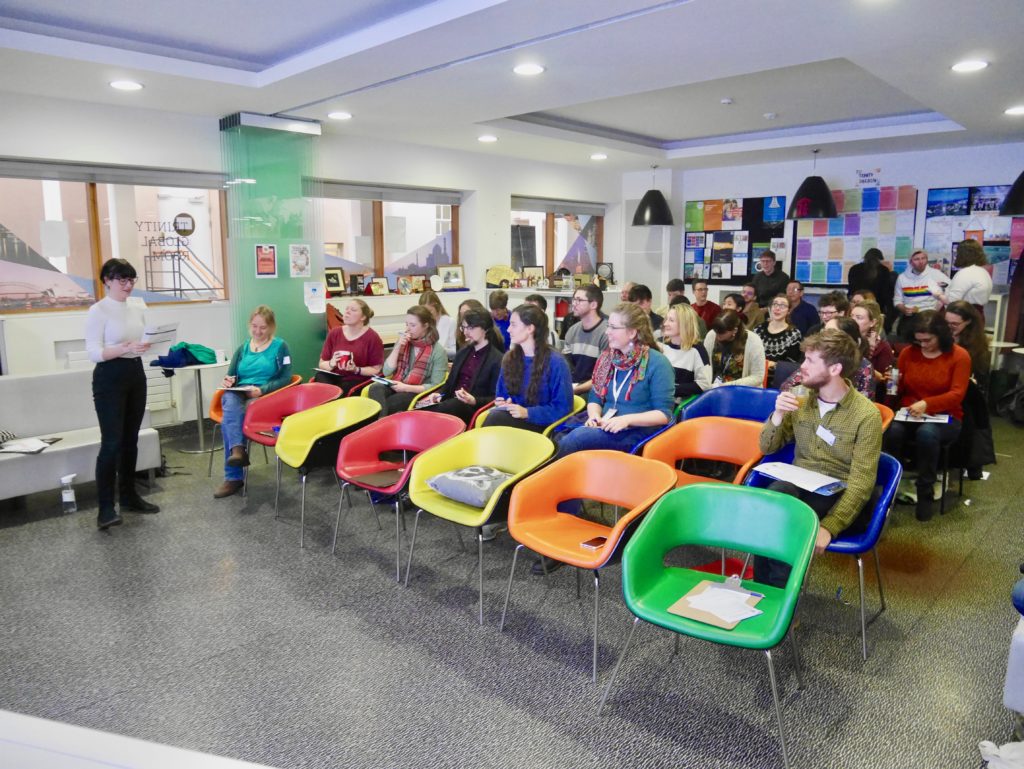
For two days we were treated to the most incredible talks on a wide range of topics, covering theoretical, lab-based, and field work. It was incredible to see the wide range of research being done in the department. It’s difficult to keep up with everything that’s going on, but these talks gave a great insight into some of the incredible work being done.
Continue reading “The 2020 Postgraduate Symposium: putting the broad range of research in the School of Natural Sciences under the limelight”Why go to the zoo?
Nearly every single one of us has visited the zoo at least once, it’s a fundamental part of most childhoods. In fact, over 700 million people visit zoos and aquariums around the world every single year. Although we may all go to the zoo for a fun day out, by choosing to go to the zoo we are indirectly funding the conservation of animals in the wild, as modern zoos and aquariums invest more than $350 million in conservation in the wild every single year, representing the third largest conservation organisation contributor globally (Gusset & Dick, 2011).
Continue reading “Why go to the zoo?”
